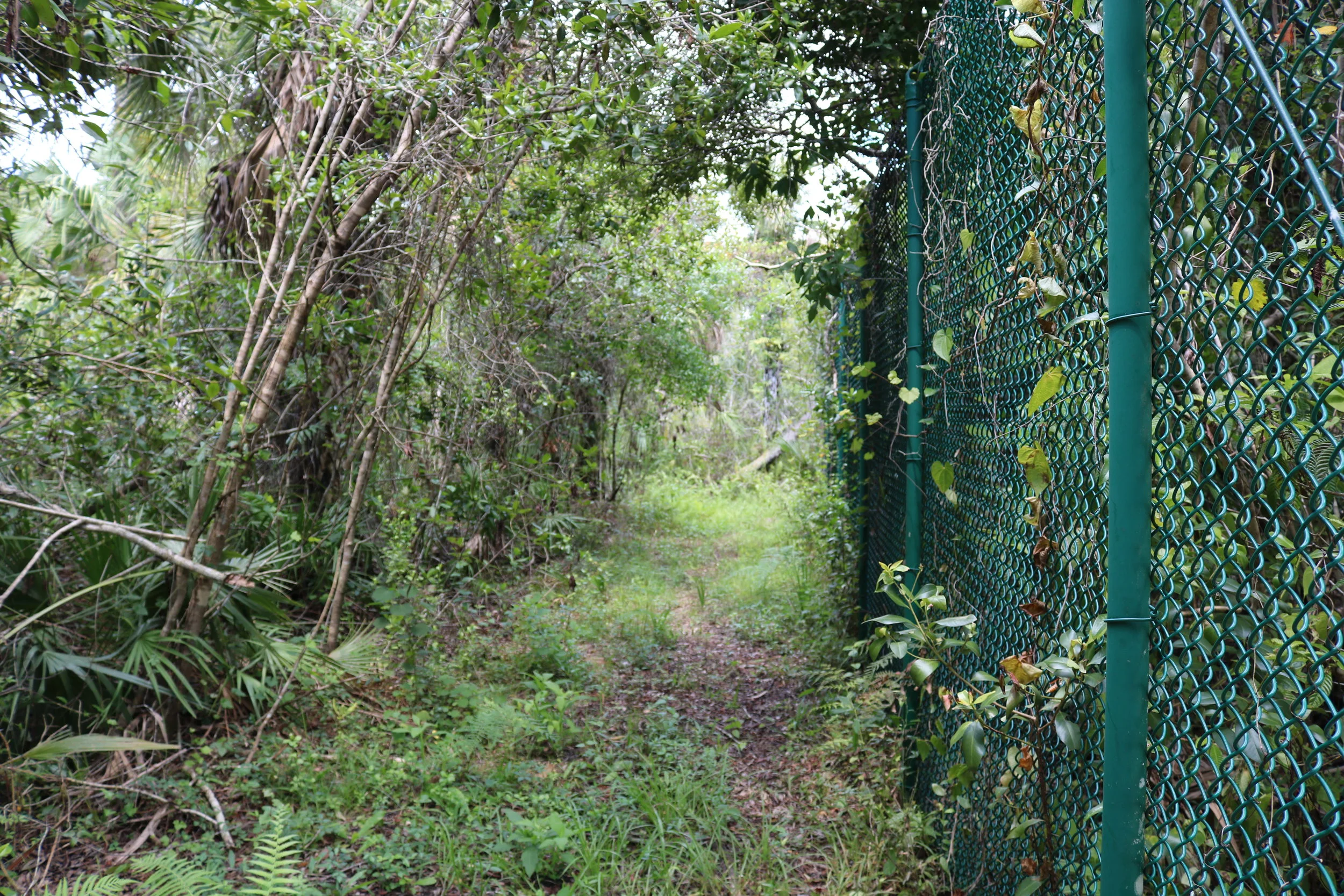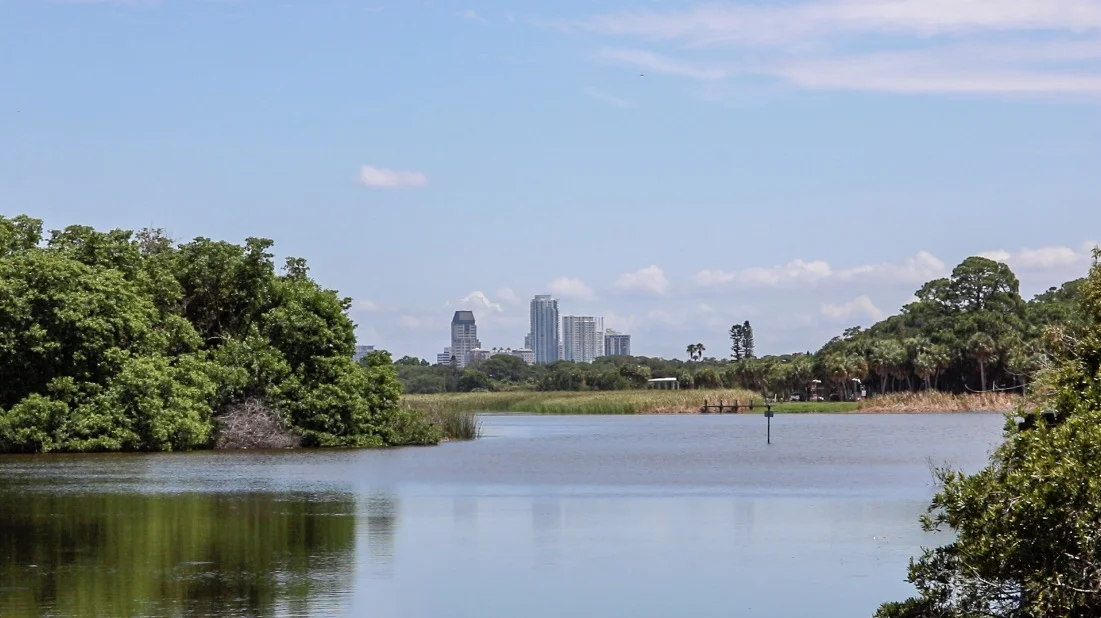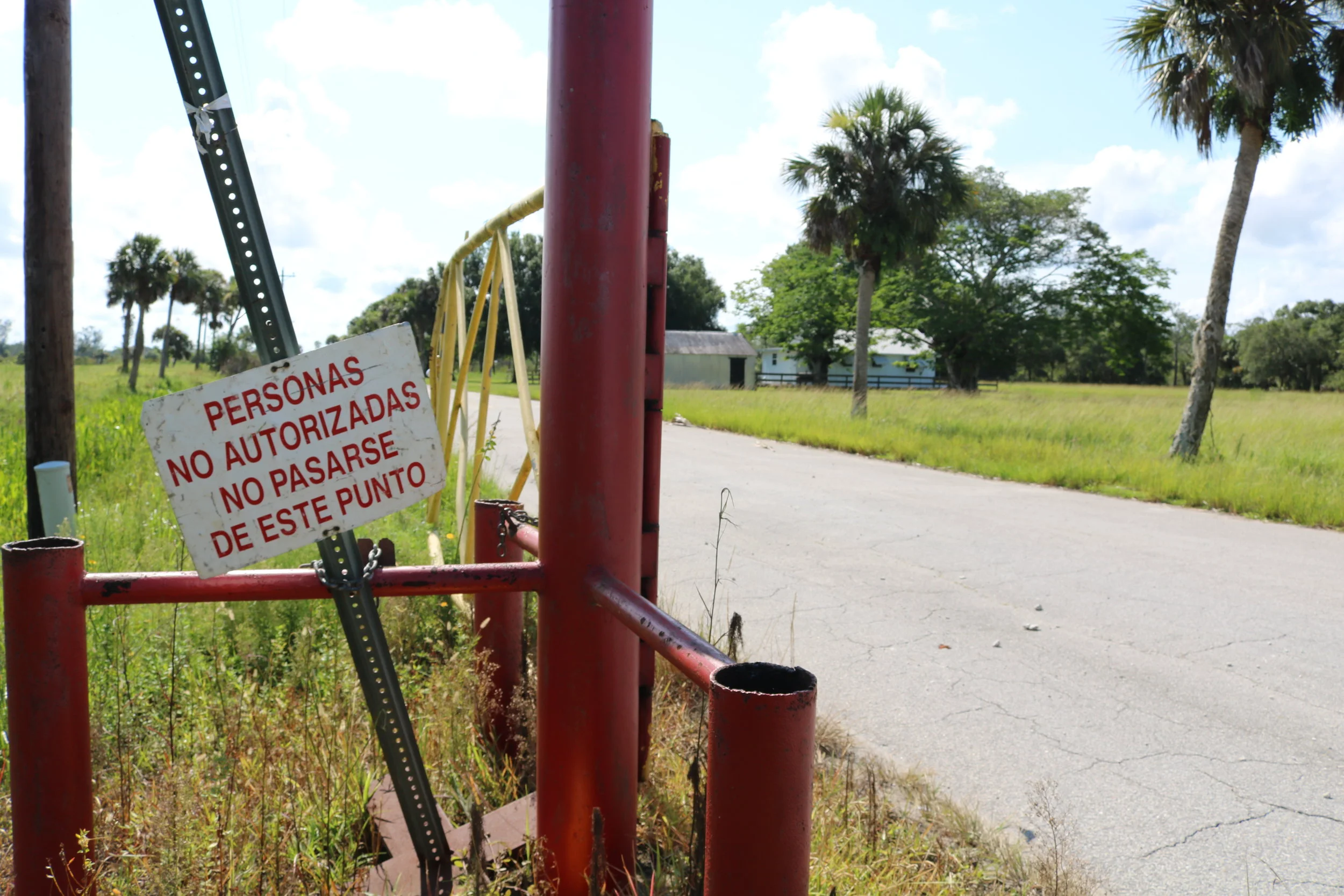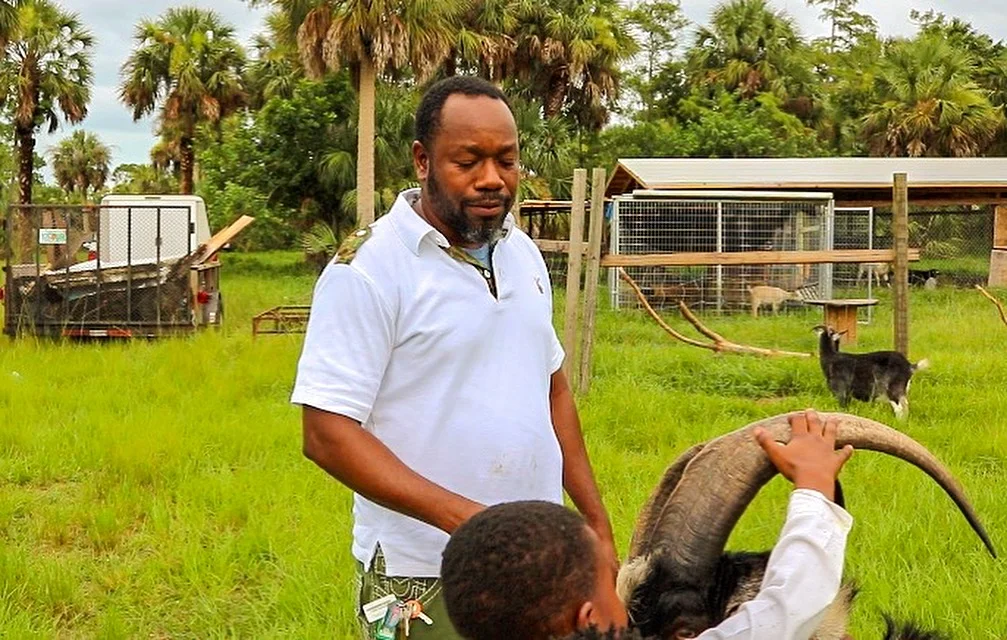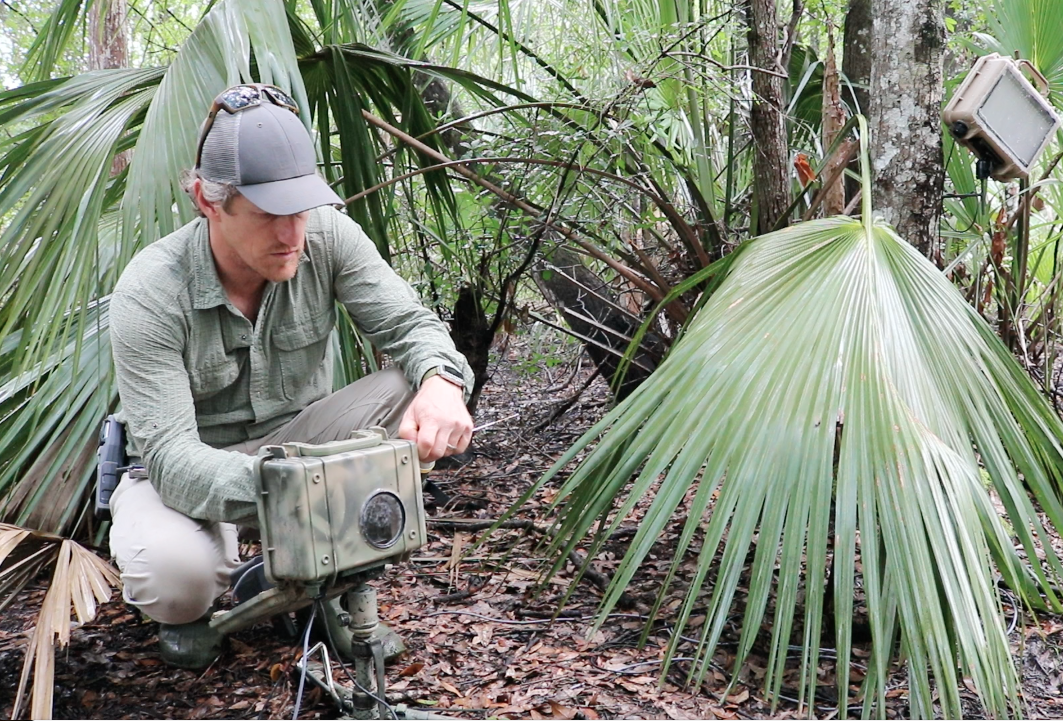Phantom of the Pines
The Future of the Florida Panther
Phantom of the Pines
In the summer of 2018, Adventure Term co-founder Kyle Ritland traveled to South Florida for an investigative look into the past, present, and future of the endangered Florida Panther, the last puma east of the Mississippi River. While the Panther population has grown substantially since its critical low of 30 individuals 30 years ago, it still faces numerous threats to its continued survival, such as habitat destruction, vehicular strike, and human conflict. In the above video, hear from locals and experts about their experience with the species, and their current projects working toward its survival. Continue reading below to learn more about the expedition, and visit Blue Ridge Outdoors for the full story.
History
The species that we now call the Florida Panther used to roam throughout the entirety of the southeastern United States, but due to conflict with human fear and our habit for development, by the 1970s it survived only in a single breeding population of about 30 individuals in Southwest Florida.
In the 1980s, the state of Florida and the USFWS initiated a research and monitoring program to determine the possibilities for a recovery of the species which would allow it to expand beyond South Florida. Recognizing inbreeding and a genetic bottleneck as the Panther’s greatest threat, officials brought in eight female Texas Cougars, the closest living relative of the Florida Panther and another sub-species of Puma, which had historically bred with their Floridian counterparts. In 2003, after producing 20 kittens with the native Florida Panthers, these Texas Cougars were removed from Florida and their kittens were left to refresh the genetic flow of the species.
The combination of this new genetic diversity with the conservation of public land and the investment in coexistence programs enabled the Florida Panther population to continue on the road to recovery, climbing from its decimated population of 30 cats to an official estimate of 120-230 individuals.
The Florida Wildlife Corridor
In 2016, the world of the Florida Panther grew in size as the first female was recorded north of the Caloosahatchee River since 1973. While male Panthers are commonly found north of the river, for years scientists remained unsure when or if females would overcome this obstacle. Now, with two confirmed broods of kittens born north of the river, Panther expansion throughout the state is inevitable-- although this brings with it its own unique challenges.
Chief among these challenges is the mechanics of the expansion itself. "If there's going to be a future for the Florida Panther," Carlton Ward, Jr. explains, "we need to save a wildlife corridor that keeps the Everglades connected to the rest of the state and the rest of the country." This need led to Carlton's founding of the Florida Wildlife Corridor, a non-profit organization that works with conservation organizations and private landowners to connect, protect, and restore an intact wildlife corridor through the length of the state.
While about 9 million acres of the corridor are already protected, some of the connections are very tenuous. “There are places where the corridor is a half-mile or less in width, and it’s being squeezed off on all sides by development,” explains Lindsay Cross, Executive Director of the Florida Wildlife Corridor. “Road crossings, underpasses. Fatalities from road collisions are one of the biggest threats to Florida Panthers right now. Some of these places are really hanging in the balance.”
Wildlife Crossings
Jen Korn was Florida Fish and Wildlife Conservation Commission's first wildlife biologist north of the Caloosahatchee. Today, she works for a private engineering firm and coordinates the construction of wildlife crossings with the Florida Department of Transportation. Instead of attempting to build the crossings from the ground up, much of their work revolves around utilizing what's already there.
“We find places that already have a water-control structure like a bridge, a crossing that already may be being used, and just go in and make it a little safer— add ledges and fencing beneath it. It’s a lot cheaper.”
Crossings like these are instrumental in preserving a functional wildlife corridor for Panthers moving north-- death by road strike is arguably the greatest threat to individual Panthers, with 30 panthers killed by vehicle strike in 2015 and close to 35 in 2016. But the crossing itself is only half of the solution-- the land on either side still needs to be protected.
Jen explains that for a wildlife crossing to be truly effective, it requires the cooperation of private landowners, who could hopefully put their land into conservation easements to protect it for the Panther. But in order for this to happen, these landowners must be amenable to having Panthers on their land at all-- a situation that often proves difficult to accept.
Coexistence
It’s an unfortunate fact of nature which would be disingenuous to brush aside: Florida Panthers are wild animals, and when looking for a meal, will hardly discriminate between wild and domesticated prey. Liesa Priddy is a rancher in the heart of Panther country, and has lost calves to predation.
“When my family started ranching on this property in the 1940s, there weren’t any Panthers— they’d been extirpated from this area," Liesa explains. "So it is new for us. I think people need to be very open-minded as to what the actual situation is. Panthers are beautiful animals, but you have to be realistic in this situation.”
Nearly all conservationists in South Florida will agree that ranchers are incredible stewards of the land and provide ideal habitat for Panthers. But their willingness to do this relies on their opinion of the species, which can be hurt by Panthers who take a bite out of their living.
"I'm not going to underestimate the challenges," says Elizabeth Fleming, the senior Florida representative for Defenders of Wildlife. "If that's your livelihood, it can be expensive."
There do exist government programs for reimbursement in the case of confirmed depredation, but Liesa Priddy warns of the difficulty in trying to comply with all of the red tape in these circumstances. "It's very easy for the federal government to say, 'we have programs that are going to help you,' but what they don't tell you is how hard it is."
For their part, Defenders of Wildlife has provided landowners with cameras to document the level of calf predation, to help expedite this process. Further, Defenders works in suburban areas with families to prevent depredations against pets and hobby livestock. In cases of confirmed Panther attack, Defenders works with the Conservancy of Southwest Florida to fund the construction of livestock pens, splitting the cost three ways among the conservation organizations and the family, and sometimes covering up to half the cost.
This outreach and support is crucial for the Panther's future as it moves north. As Liesa warns, “until people see that their lives are not going to be negatively impacted, you’re not going to see welcome mats put out for Florida Panthers north of the river.” Actions on the part of Defenders of Wildlife and other conservation organizations can help landowners feel supported, rather than abandoned, and can help them see the Panther as an integral part of the environment, rather than an enemy or a nuisance.
“I’m not happy that my goat’s been taken,” says Salem Philippi, whose family had one goat killed and another wounded by an interloping Panther. “But what am I going to do? Am I going to go out there and kill every one of them because they did something to me? I don’t see it that way. Every animal plays a part in the ecosystem. We support one another. We need each other to grow.”
Education
As the Panther continues its northward migration, coexistence is essential. But in order for residents in its path to be open to the idea of coexistence, a full understanding of the species itself is necessary first. Misinformation has been rampant in recent years, spread by a small but vocal contingent of Panther opponents, who more often than not are more anti-government-interference than they are anti-Panther. The transformation of areas like Big Cypress has led to a backlash from a few local residents and Gladesmen over land that they feel the Panther now has more rights to than they do themselves.
Media has been a powerful tool for the spread of this misinformation through various anti-Panther Facebook pages which characterize Panthers as dangerous predators, and a threat to every Florida resident. In fact, there has not been a single confirmed instance of Florida Panther/human violence in over a hundred years.
But media can also be a tool for fostering understanding. For Carlton Ward, Jr., this belief is at the heart of his current work with National Geographic. His forthcoming Path of the Panther project aims to utilize extensive camera-traps and storytelling to bring about a more powerful and personal connection with a species known for its elusiveness.
“The Panther is a symbol,” Carlton says. “It captures people’s imaginations.”
By combining the tools of biology and photography, Carlton hopes to shine a light on the unseen corners of his home state, and display the value of wild Florida to those who have not experienced it for themselves.
“These parts of Florida are hidden in plain sight,” Carlton says. “Not everyone has a chance to get out on a cattle ranch or head out into a swamp. Through media, we can bring these stories to people in a way that helps them understand what these animals and these lands mean to them— so that they can have the profile they need in people’s hearts and minds, and have a place in our future.”

